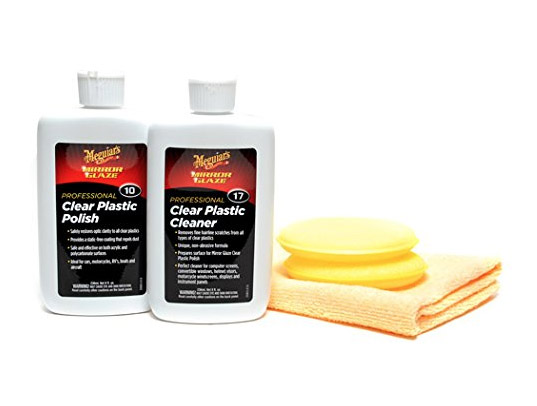David, what other things are you doing on your new ride this winter..
Finally, we had a few warm days and I might start to believe were getting near to April.
Just a bunch of small things, Ray. I'm changing out all the oil cooler and remote sump hoses to all SS with AN fittings. I just redid a broken horn bracket this morning and discovered my left horn doesn't work. Next week we check the valves for correct lash, new valve cover gaskets. Adjust front to correct toe in...now it's out way too much. Replace the rear deck lid gas strut. Installed the SOC rear grill badge this morning. Check oil level in tranny. Need to make a battery hold down bracket. I'm getting a new shift boot done which will be a bit lower on the tunnel on the right side to cover a flaw in the carpet. I bought leather cleaner and treatment so the interior will get a bit of work when the weather is warmer. Still need to finish my Meguiars work on the paint.
One thing I noticed is that there seems to be a " flat spot " sometimes when accelerating in third gear if you get into it. I need to learn more about the Weber 48's and what's really going on in my distributor. I'll likely get some of the carb experts to take it for a rip at Carlisle and see what they think. I think I remember reading on the list that " a lot of carb problems lie in the distributor" ( hope I got that right ) so I'll be patient till then. Right now I have an 009 dizzy with the Pertronix spark system. Other than that, the car runs just fine. I sure like the heat and defrost. I've never driven the car with top down either so that is something to look forward too. I'll need to figure out how to get the roof rear window replaced . Too many scratches there.
Got out to Merrickville for a short jaunt last weekend. We're planning to tour Nfld in late July / August depending on our Parents' health. My Mom's now turning 97 and Francine's Dad 98.
Turns out I have 19mm nuts on my tie rod ends ( I'll desist on making a foul joke about that ) so I've got the later setup. Thanks again, Wolf.




